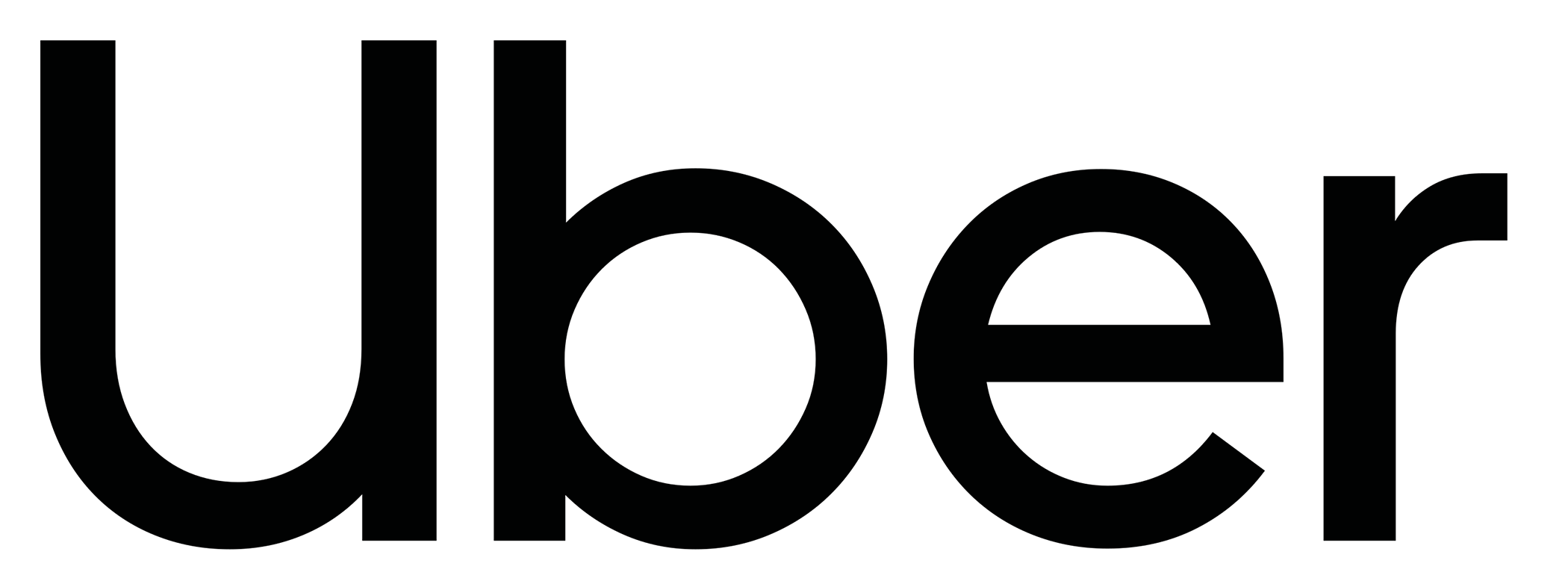
Mission: We ignite opportunity by setting the world in motion.
Vision: At Uber, we ignite opportunity by setting the world in motion. We take on big problems to help drivers, riders, delivery partners, and eaters get moving in more than 600 cities around the world. We welcome people from all backgrounds who seek the opportunity to help build a future where everyone and everything can move independently. If you have the curiosity, passion, and collaborative spirit, work with us, and let"s move the world forward, together.
We act like owners.: We seek out problems and we solve them. We help each other and those who matter to us. We have a bias for action and accountability. We finish what we start and we build Uber to last. And when we make mistakes, we"ll own up to them.
We are customer obsessed.: We work tirelessly to earn our customers" trust and business by solving their problems, maximizing their earnings or lowering their costs. We surprise and delight them. We make short-term sacrifices for a lifetime of loyalty.
We build globally, we live locally.: We harness the power and scale of our global operations to deeply connect with the cities, communities, drivers and riders that we serve, every day.
We celebrate differences.: We stand apart from the average. We ensure people of diverse backgrounds feel welcome. We encourage different opinions and approaches to be heard, and then we come together and build.
We do the right thing.: Period.
We make big bold bets.: Sometimes we fail, but failure makes us smarter. We get back up, we make the next bet, and we go!
We persevere.: We believe in the power of grit. We don"t seek the easy path. We look for the toughest challenges and we push. Our collective resilience is our secret weapon.
We value ideas over hierarchy.: We believe that the best ideas can come from anywhere, both inside and outside our company. Our job is to seek out those ideas, to shape and improve them through candid debate, and to take them from concept to action.
Explain how network effects might influence your choice of how to assign experimental/control units and measure your main outcome metrics
What are the performance metrics of evaluating various Uber services?
Describe dynamic ("surge") pricing & ways you can measure supply & demand.
If you were rolling out Uber ride passes for the first time, how would you set the prices?
What metrics would you use to track whether Uber"s strategy of using paid advertising to acquire customers works? How would you then figure out an acceptable cost of customer acquisition?
How do you find an anomaly in a distribution? How do you investigate that a certain trend in a distribution is due to anomaly?
What trends in the data indicate that a given market is healthy? What does price tell you?
Be prepared for coding questions like those for software engineers. In my experience, they are looking for coding skills more than analytical skills.
Find probability of two cars meeting given certain conditions
If we added one rider to the current SF market, how would that affect the existing riders and drivers?
How would you test whether version 1 or 2 of surge pricing algorithm is working better?
How would you decide what version of Uber to use depending on the device and network?
Given a random Bernoulli trial generator, write a function to return a value sampled from a normal distribution.
What metrics are used in the matching algorithm between riders and drivers?
Explain p-value, CLT, assumptions for linear regression etc.
Write out a logistic regression using equations
What is the expected value of flips to get heads on a fair coin?
Design a project you would work on to improve the Uber app
How much would it cost (initial and sustaining costs) to having a fleet of vehicles take Google street view photos of every major city in the US every day?
Stage 1: Initial phone screen by HR.
Stage 2: Take-home exercise The take-home divided in to three sections - SQL questions, experimental/business questions (ML), and data analysis questions.
Stage 3: A technical phone screen with data scientist at Uber.
Stage 4: An Onsite interview with 5 or 6 different interviewers: a product manager, a team manager, data scientists. There are SQL questions, machine learning problems, general back of the envelope problems.

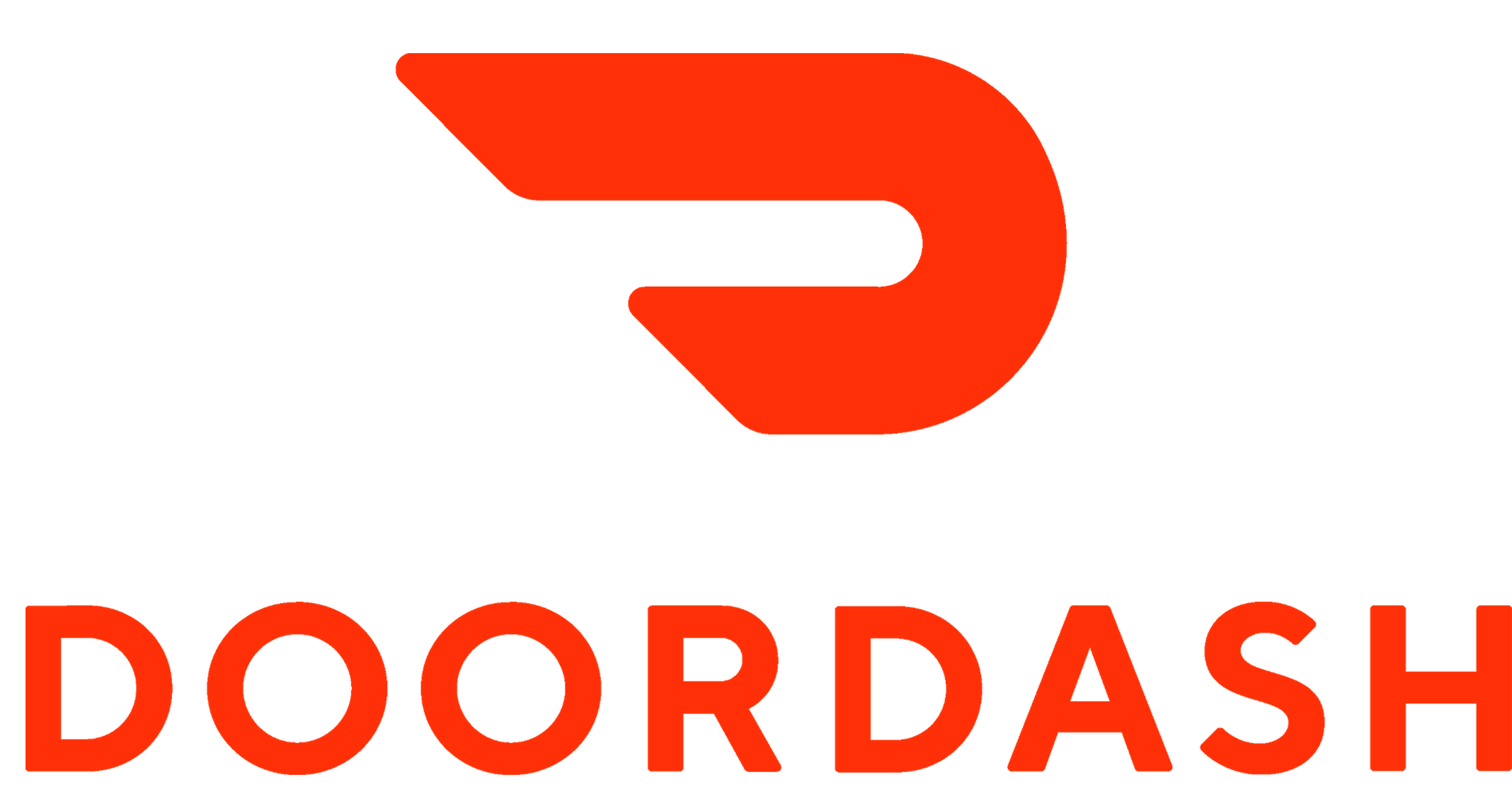
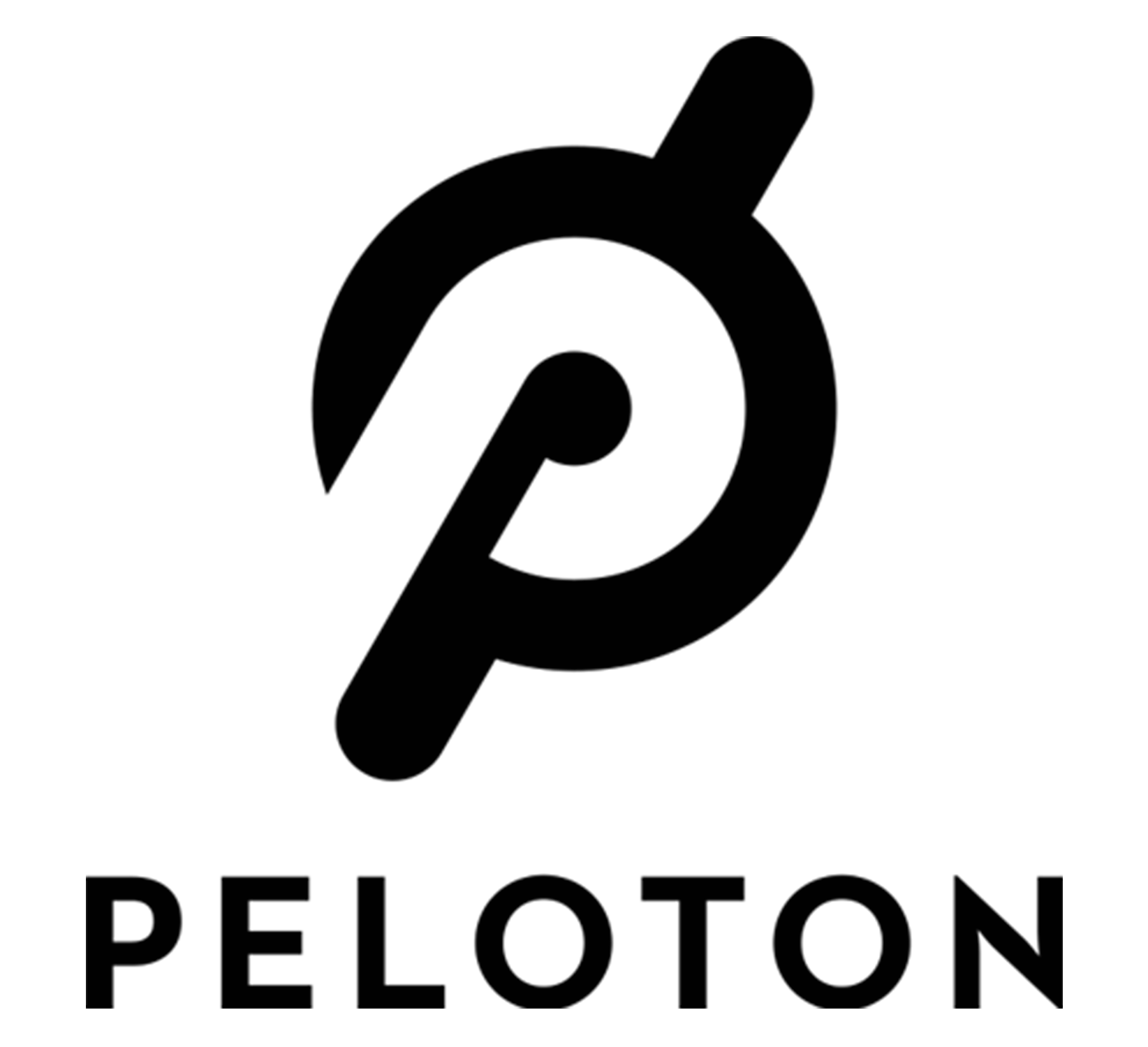


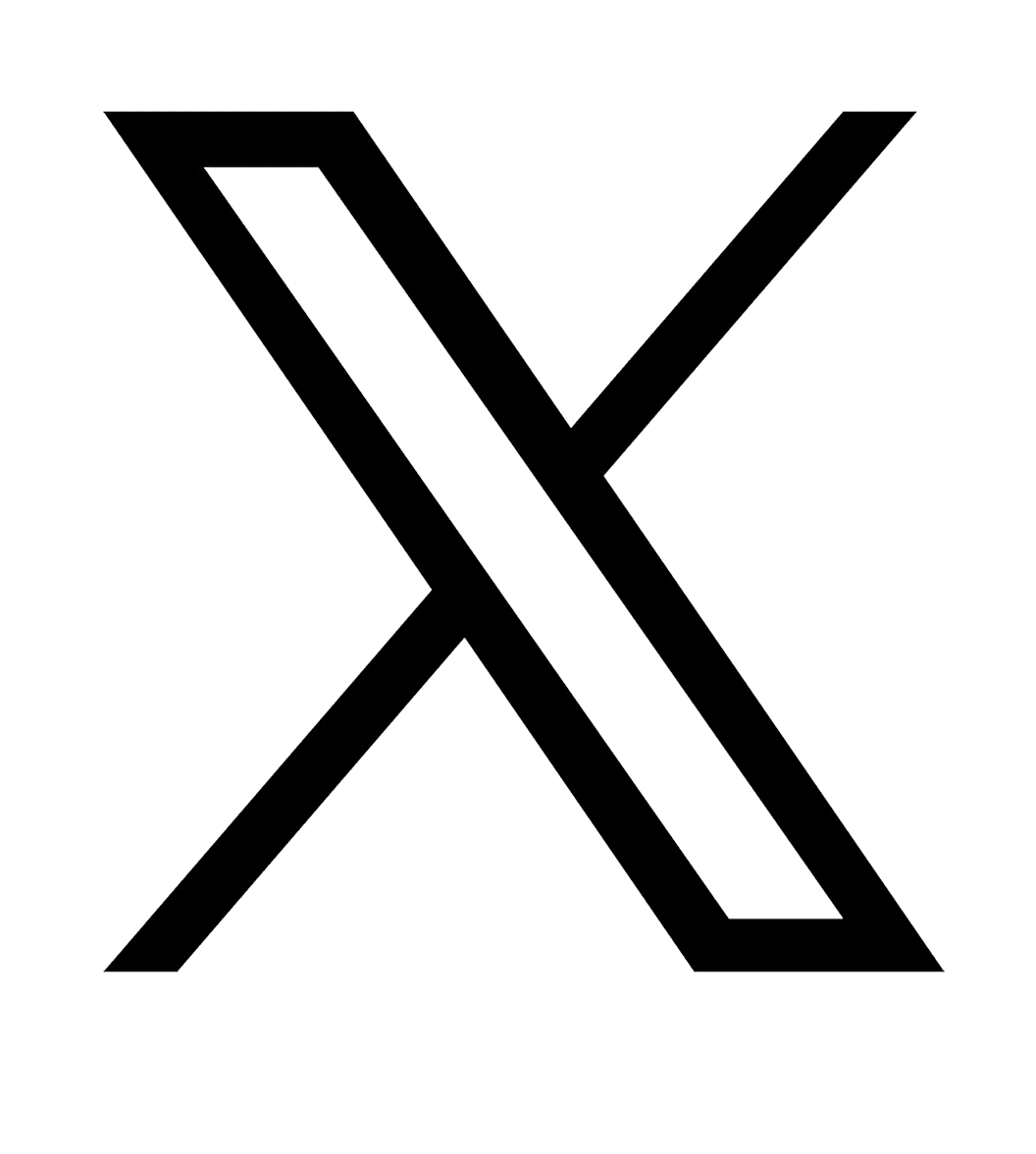
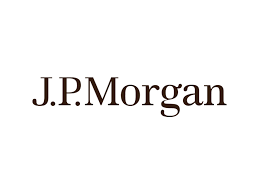
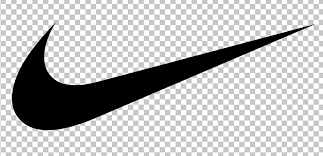
Pathrise is a career accelerator that helps people land their dream jobs. We regularly place our fellows at top companies like Apple, Amazon, and Meta. Our mentors have experience at companies like Apple, giving fellows the inside scoop on interview and company culture in 1-on-1 sessions.
We can’t guarantee you a job at a specific company like Apple. But we do guarantee you a great job–if you don’t accept an offer in 1 year, you pay nothing. Our income share agreement means you only pay with a percentage of your income at your new role.
Mentors work with fellows at every stage in search, helping them build the skills necessary to be the best candidate possible. Fellows in Pathrise usually see a 2-4x increase in application response rates, 1.5-3x increase in interview scores, and 10-20% increase in salary through negotiation.